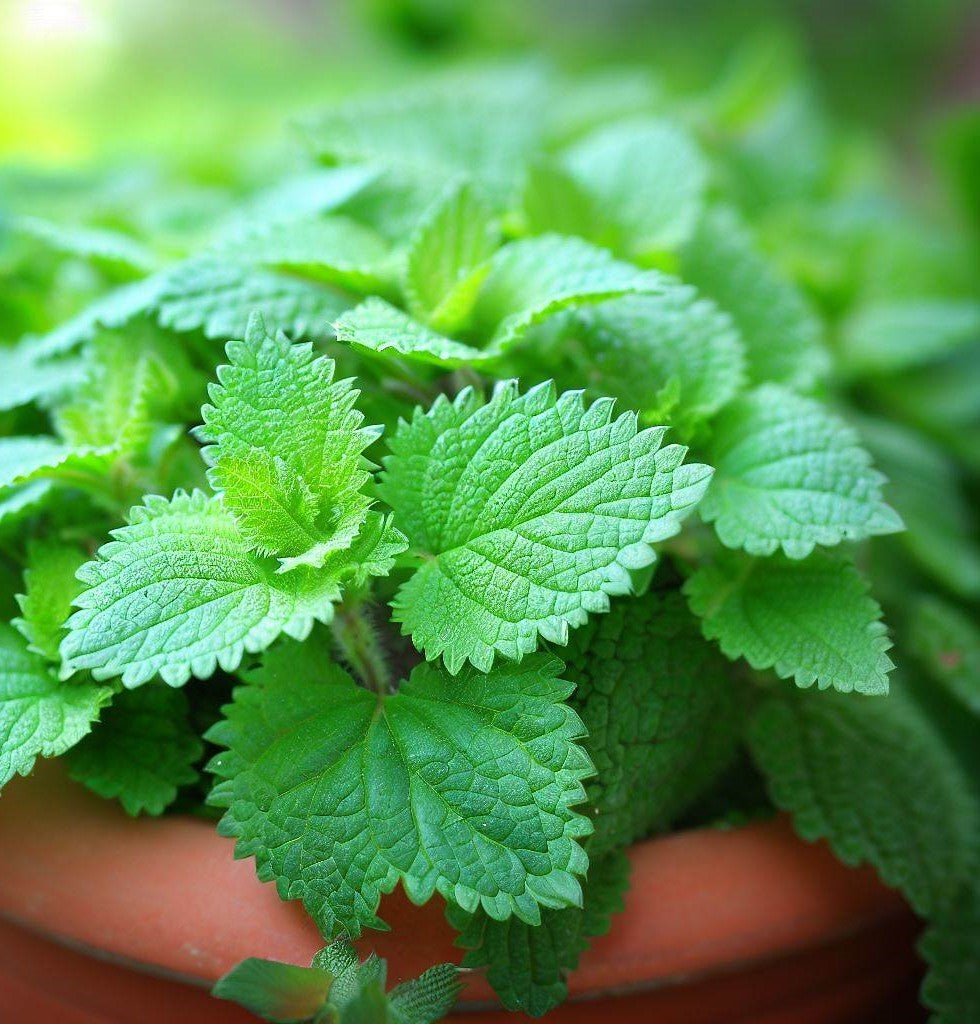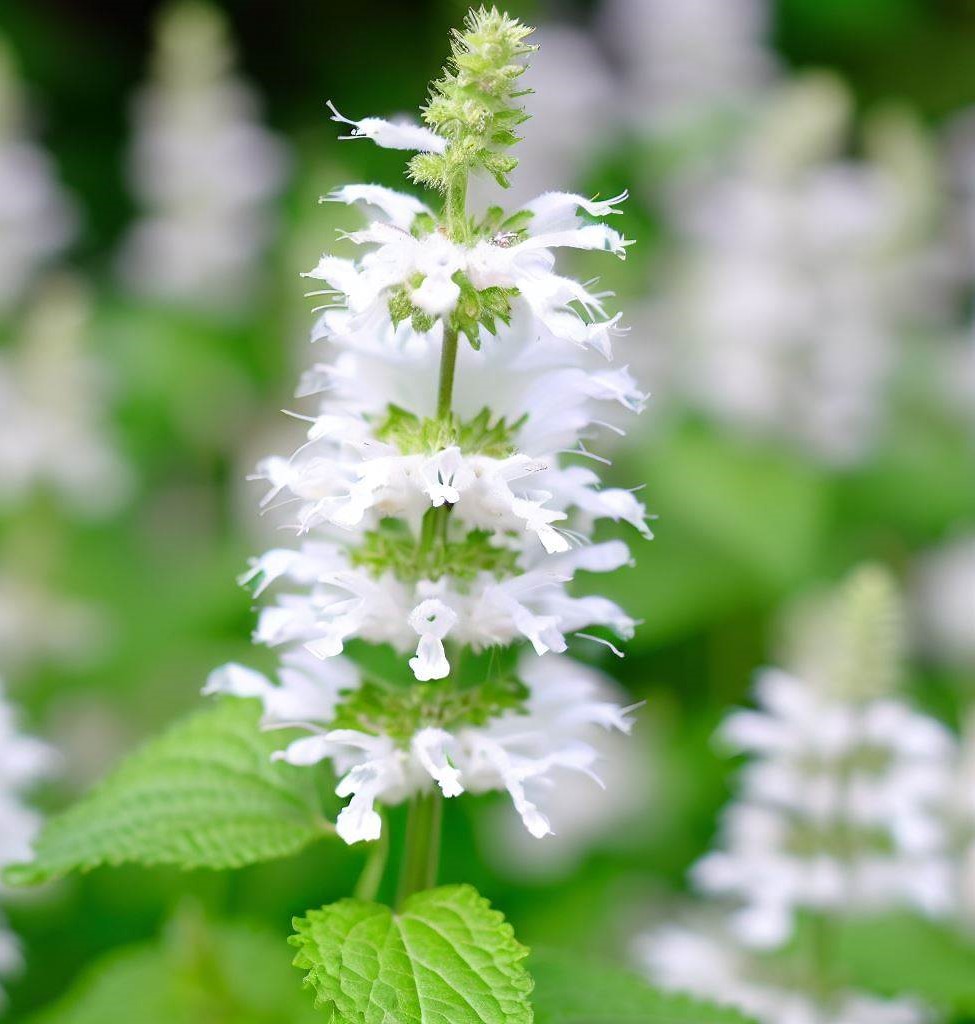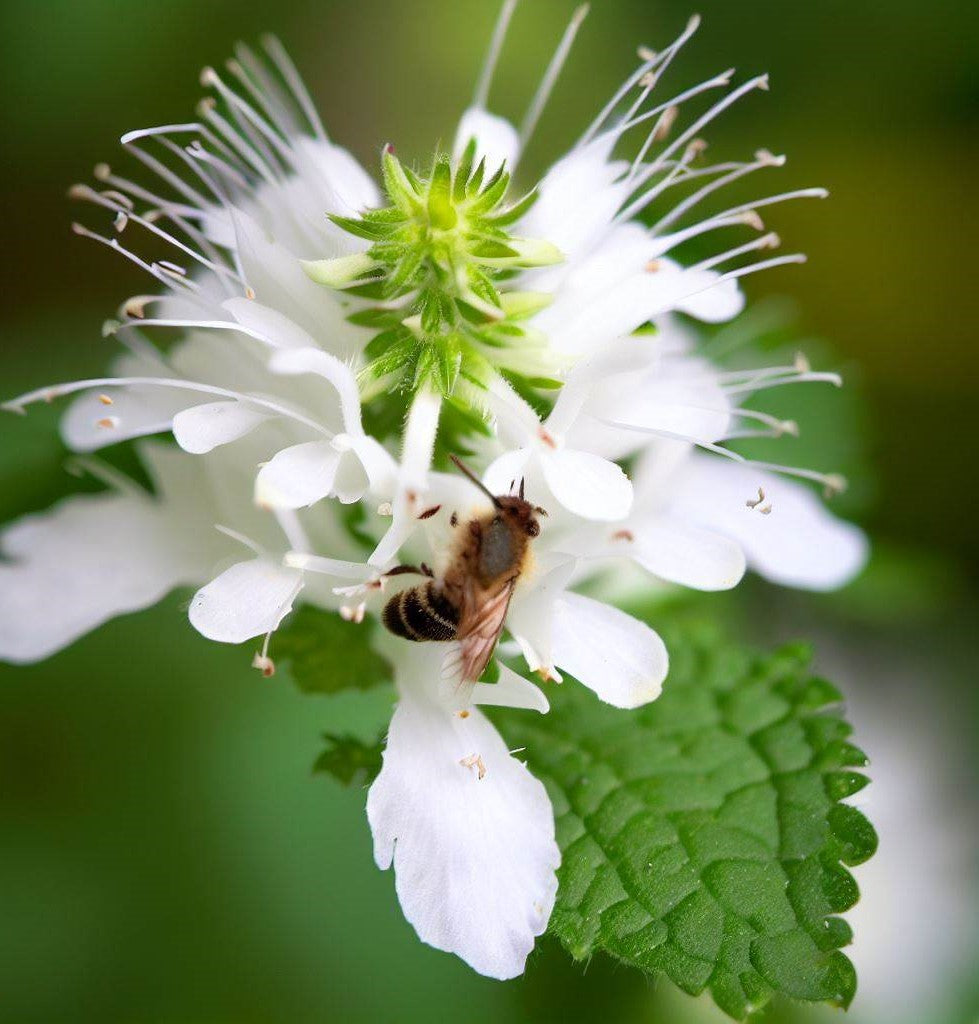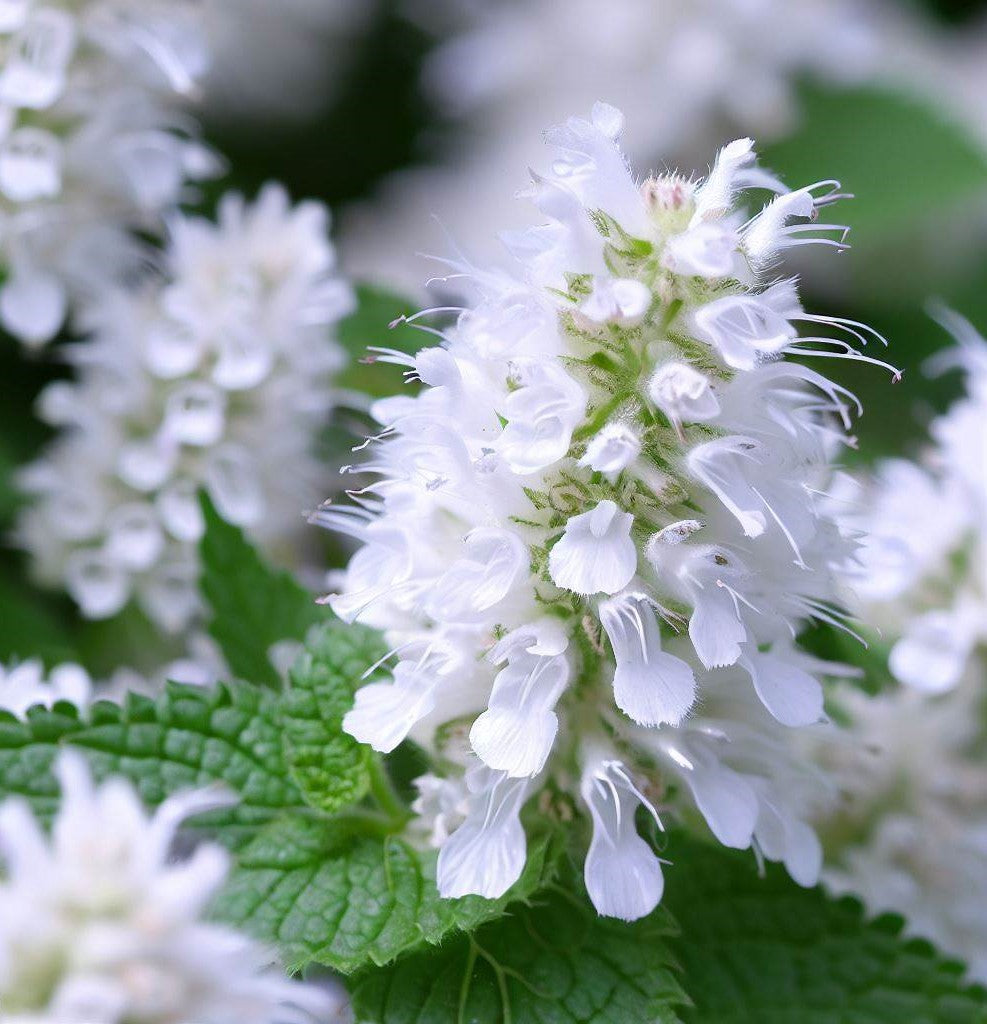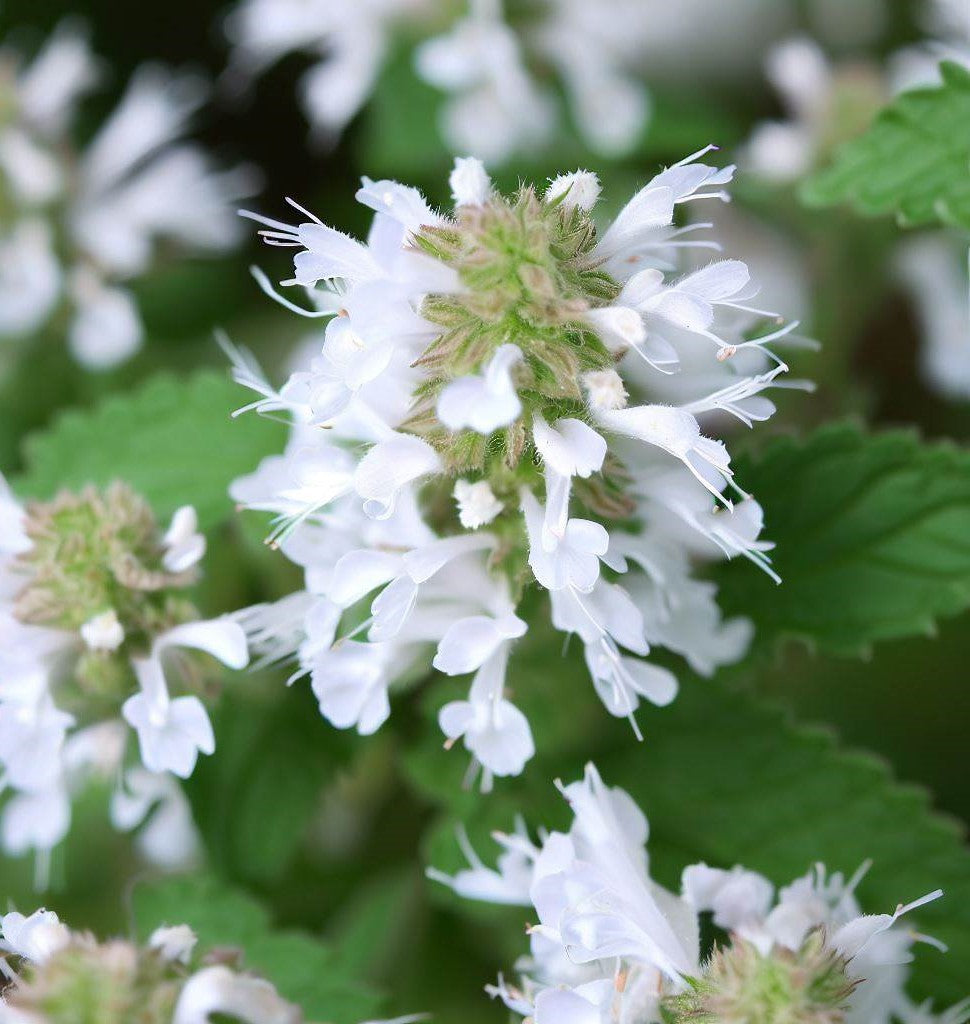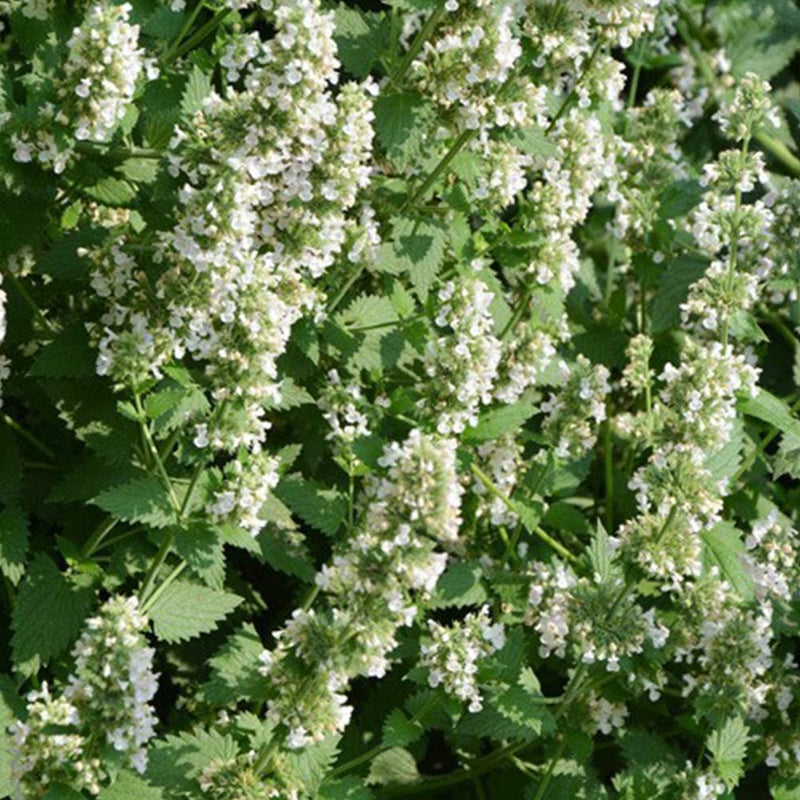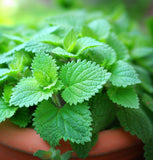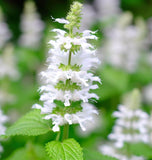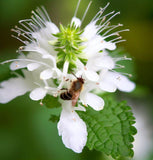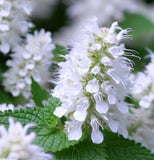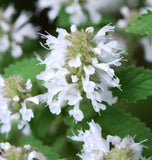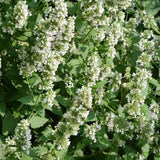Catnip (Nepeta cataria)
Catnip (Nepeta cataria) is a perennial herb in the mint family (Lamiaceae). It is native to Europe and is now naturalized in many parts of North America. Catnip is well-known for its effects on cats, but it also has various other uses and benefits. Catnip has square stems that grow to a height of about 2 to 3 feet (0.6 to 0.9 meters). The leaves are opposite, heart-shaped, and have a scalloped or toothed margin. The leaves and stems of the plant are covered with fine hairs that give them a gray-green color. Catnip produces small clusters of white or pale purple flowers with characteristic spots or stripes.
Effects on Cats: Catnip contains a chemical compound called nepetalactone, which produces a unique response in cats. When cats smell or consume catnip, it often triggers a range of behaviors, including rolling, rubbing, jumping, and increased playfulness. These reactions are temporary and usually last for about 10-15 minutes, after which cats become temporarily immune to its effects.
Culinary and Herbal Uses: Catnip has culinary and herbal uses for humans as well. In culinary applications, the young leaves of catnip can be used as a seasoning in salads, soups, sauces, and herbal teas. The flavor of catnip is often described as minty, with hints of lemon and earthiness. Medicinally, catnip has been used traditionally to treat digestive issues, insomnia, anxiety, and headaches. It is primarily used in the form of herbal tea or tinctures.
Garden Cultivation: Catnip is relatively easy to grow and is often cultivated in herb gardens. It prefers full sun but can tolerate partial shade. Catnip grows best in well-drained soil and can withstand drought conditions. Growing catnip in containers can help contain its spread. It also attracts beneficial insects, such as bees and butterflies, to the garden.
Other Uses: Catnip is not only enjoyed by cats and used in culinary and herbal applications but also has other uses. It can be used as a natural insect repellent to deter mosquitoes, flies, and other pests. Some people also use catnip as a relaxing and sleep aid for themselves, as it can have mild sedative effects.
It's important to note that not all cats respond to catnip, as sensitivity to its effects is believed to be genetic. Additionally, pregnant cats should be kept away from catnip, as it may have potential effects on pregnancy.
Overall, catnip is a versatile plant with various uses and benefits, providing enjoyment for cats and humans alike.
Botanical name : Nepeta cataria
Common name : Catnip
Life cycle : Perennial in Zones 3-9
Days to maturity : 90
Light requirement : Full sun
Planting time : Spring/Summer
Sowing method : Direct sow
Planting depth : ¼”
Plant spacing : 12”- 18”
Ships : Year-round
Average seed per ounce : Approx. 40,000

